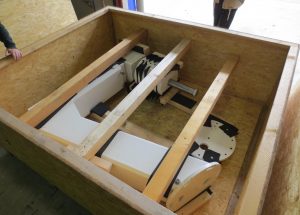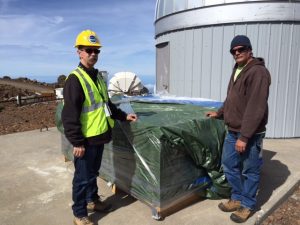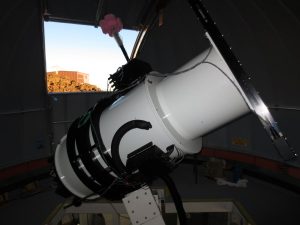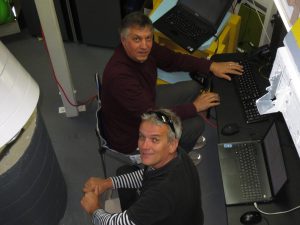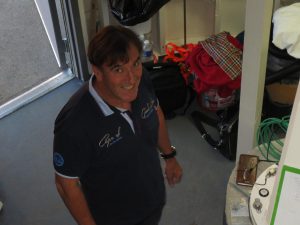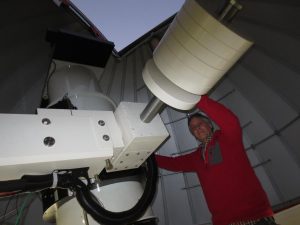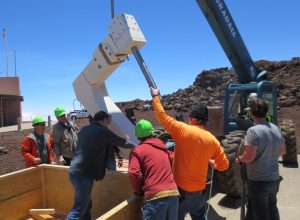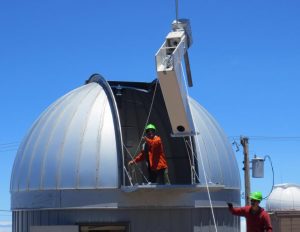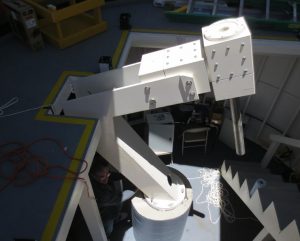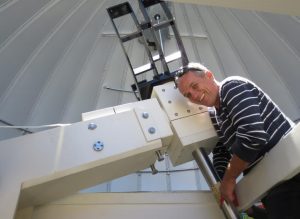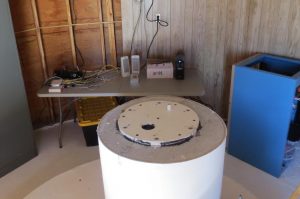We’re now embarked on the long, slow process of commissioning. There’s a lot of things that we need to work on: limits and stops to protect the telescope and mounts in case the software does something stupid, getting the mount on Mauna Loa going with the Pathfinder telescope, mount software, learning how to reduce these huge new images, and starting to discover asteroids. It’s the usual stuff. Next week we’ll activate the telescope on Mauna Loa and start to get some parts built for limits and other things. In the meantime we left Haleakala in the hands of our capable night assistants, Griselda and Mortimer, who provide indispensible help every night we collect data and shake the system into full operation.
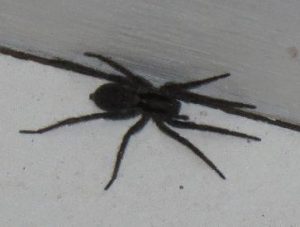
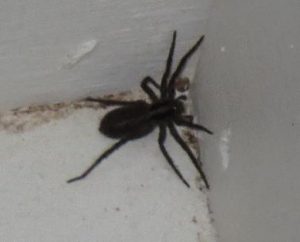
All posts by ATLAS Team
Optics Performance
Wednesday we worked to explore the image performance as a function of detector position relative to the field correctors. We got pretty good images over the whole field of view, but the seeing was poor. We’re thinking we’ve got to vent this dome – the skin gets really hot during the day and the closed telescope tube takes a long time to cool off.
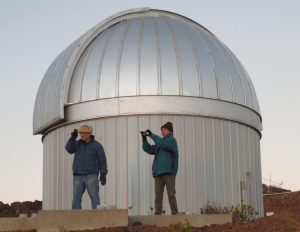
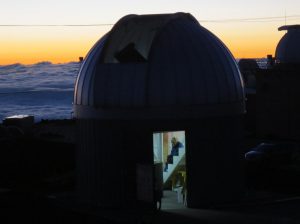
Thursday we cleaned, cleaned, cleaned! We put things on UPS’s, rebooted everything to ensure that we can run remotely (or robotically), and finally drove down (during the day!), very tired but very pleased. ATLAS is now real.
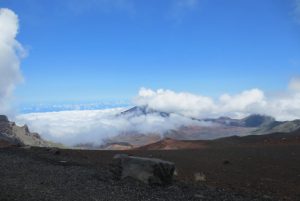
Mount performance
Polar alignment and tracking
After a misty day and evening we finally opened up and got to work on mount alignment. Once aligned we did a quick test of tracking (about one pixel drift in 10 minutes, but we should do better), tried to take a picture of the Lagoon and Trifid Nebulae (which were only 20 deg from the full moon), and called it a night. Things are starting to work very well.
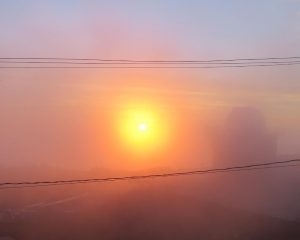
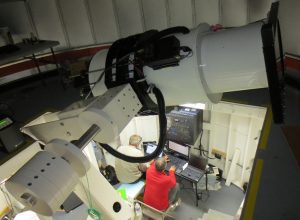
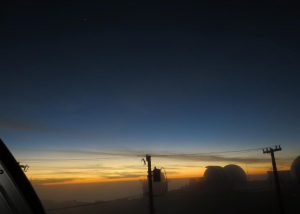
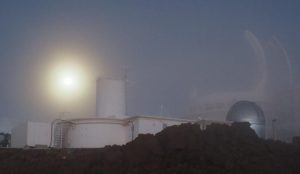
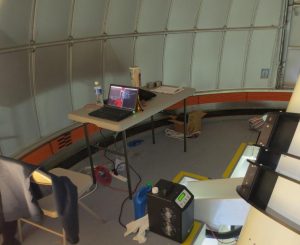
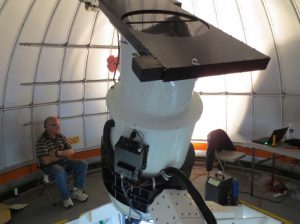
ATLAS on sky
Sunday we rotated the telescope for better balance, installed the 110 megapixel science camera, installed seven filters: cyan, yellow, B, V, R, I, and H-alpha, rebalanced, and waited for the sky to clear. Finally, around 11pm the fog dropped enough (although it was still extremely humid) and we opened the dome and got our very first images. There is a lot of work yet to do, but the first ATLAS unit has all subsystems operational.
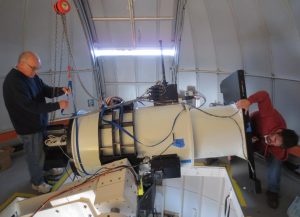
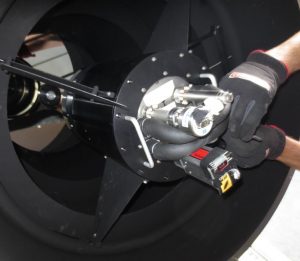
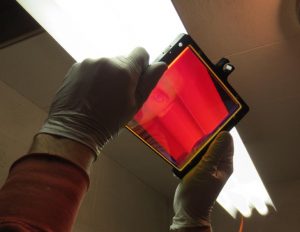
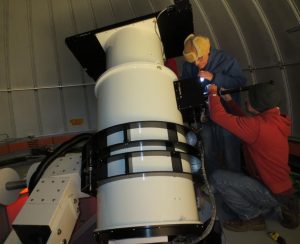
ATLAS sees light
On Saturday we assembled the telescope corrector, cabled everything up, balanced the telescope, did a wee bit of carpentry(!), and slewed all over the sky to get a mount model with the DFM video camera. Things worked remarkably well, although there’s a lot remaining to do. We also managed to get our weather station on top of the Met building before the usual afternoon clouds and rain moved in. We were fortunate that the clouds dropped just around sunset and it cleared up for us.
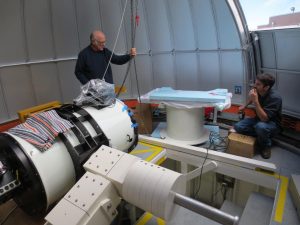
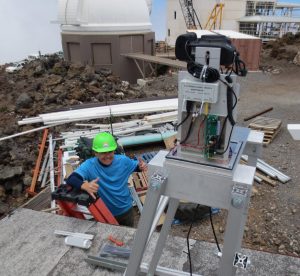
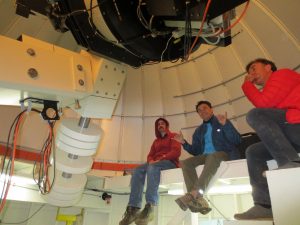
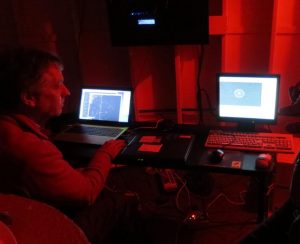
DFM telescope at HKO
Friday we lifted in the DFM telescope and very carefully assembled it. We inserted it into its center section that attaches it to the mount, inserted the field corrector, removed the mirror cell and attached the mirror, attached the mirror cell to the telescope, and called it a day. Tomorrow the Schmidt corrector goes in, we put in the camera, we balance, and if it’s clear we can align and start testing everything.
Meanwhile, Brian and Michael went over to Hawaii and managed the lift of the APM mount into the dome on Mauna Loa…
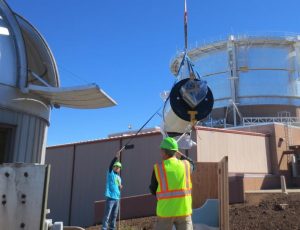
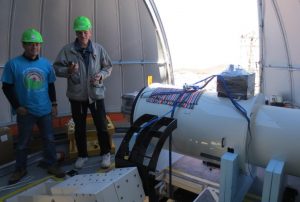
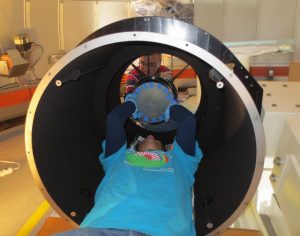
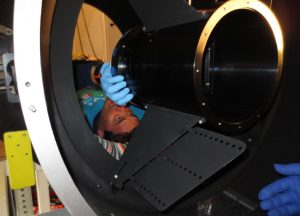
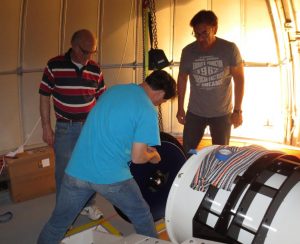
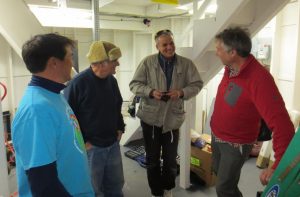
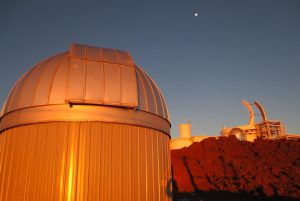
APM mount at HKO
APM baseplate installed on Mauna Loa
Mounts are delivered!
The telescope mounts from APM have finally been delivered after a four month sea voyage from Germany. The first one on Haleakala will carry the first ATLAS telescope, and the second one on Mauna Loa will carry our faithful Pathfinder for a few months until the second ATLAS telescope is shipped.
